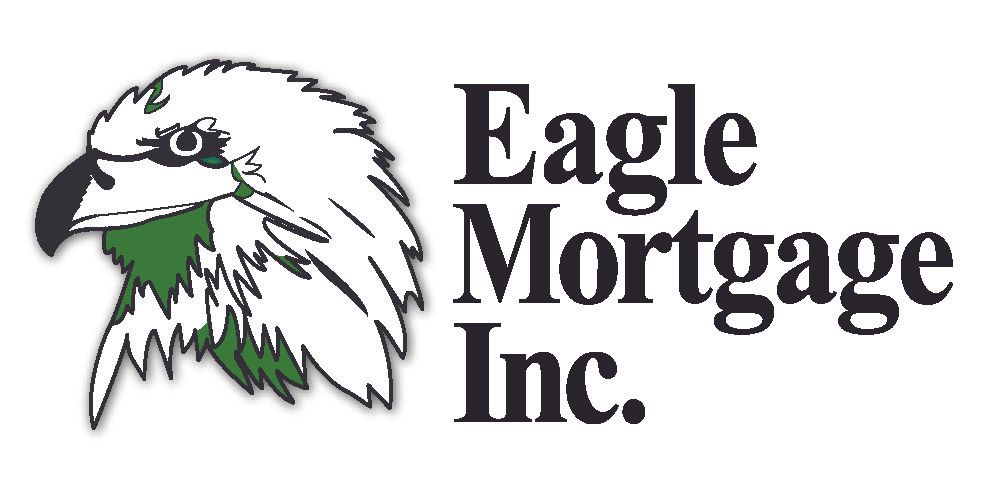Mortgage rates have been one of the most closely watched numbers in the housing market this year. After the rollercoaster of the past few years — from record lows to multi-decade highs — 2025 has brought both stability and stubbornly high costs for borrowers.
📅 A Tough Start to 2025
The year kicked off with 30-year fixed mortgage rates hovering near 7%, according to Freddie Mac data. In early January, the national average came in around 6.9%, keeping affordability a major challenge for buyers. Even though the Federal Reserve had already started to cut short-term rates, mortgage rates didn’t immediately follow. That’s because mortgage pricing depends more on long-term bond yields and investor expectations for inflation than on the Fed’s policy rate alone.
🌤️ Mid-Year: Slight Relief, but No Big Break
By mid-2025, there was a bit of good news: rates began to drift down slightly, with many lenders quoting between 6.5% and 6.8% for a 30-year fixed loan. While this was still high by historical standards, Fannie Mae projected rates to end the year around 6.3–6.4%.
💡 What’s Driving Mortgage Rates in 2025?
- The Bond Market: Mortgage rates tend to track the 10-year Treasury yield. When yields climb, rates follow. This stabilized as inflation showed signs of easing.
- Inflation and Economic Growth: Persistent inflation pressures have kept investors wary, while strong job data has suggested a still-hot economy.
- The Federal Reserve: Though the Fed doesn’t set mortgage rates, its signals influence the overall landscape. Hints at future rate cuts helped dip bond yields and mortgage rates slightly.
- Housing Market Dynamics: Low housing inventory and limited refinance activity play significant roles. Many homeowners with ultra-low pandemic-era rates aren’t selling or refinancing, tightening supply.
🔮 What Experts Predict for Late 2025 and Beyond
The consensus points to moderate easing ahead, with 30-year fixed mortgage rates expected in the mid-6% range by year-end. A slide toward 6.0%–6.25% could be seen in early 2026, though a return to 4%-range rates is deemed unlikely.
🏠 What It Means for You
For Homebuyers:
Today's rates are more predictable, providing some stability. A decrease from 7% to 6.25% can save around $400 per month on a $1 million loan.
For Refinancers:
Those with rates above 7% may find refinancing beneficial, as some lenders offer flexible closing cost credits or buydown options.
For Market Watchers:
Keep an eye on 10-year Treasury yields, inflation and jobs reports, and Fed commentary on rate paths.
✅ The Bottom Line: 2025 has brought steady, modest improvement without the big break many hoped for. If buying, focus on securing the right home, exploring lender incentives, and staying open to refinancing opportunities when rates dip further.

